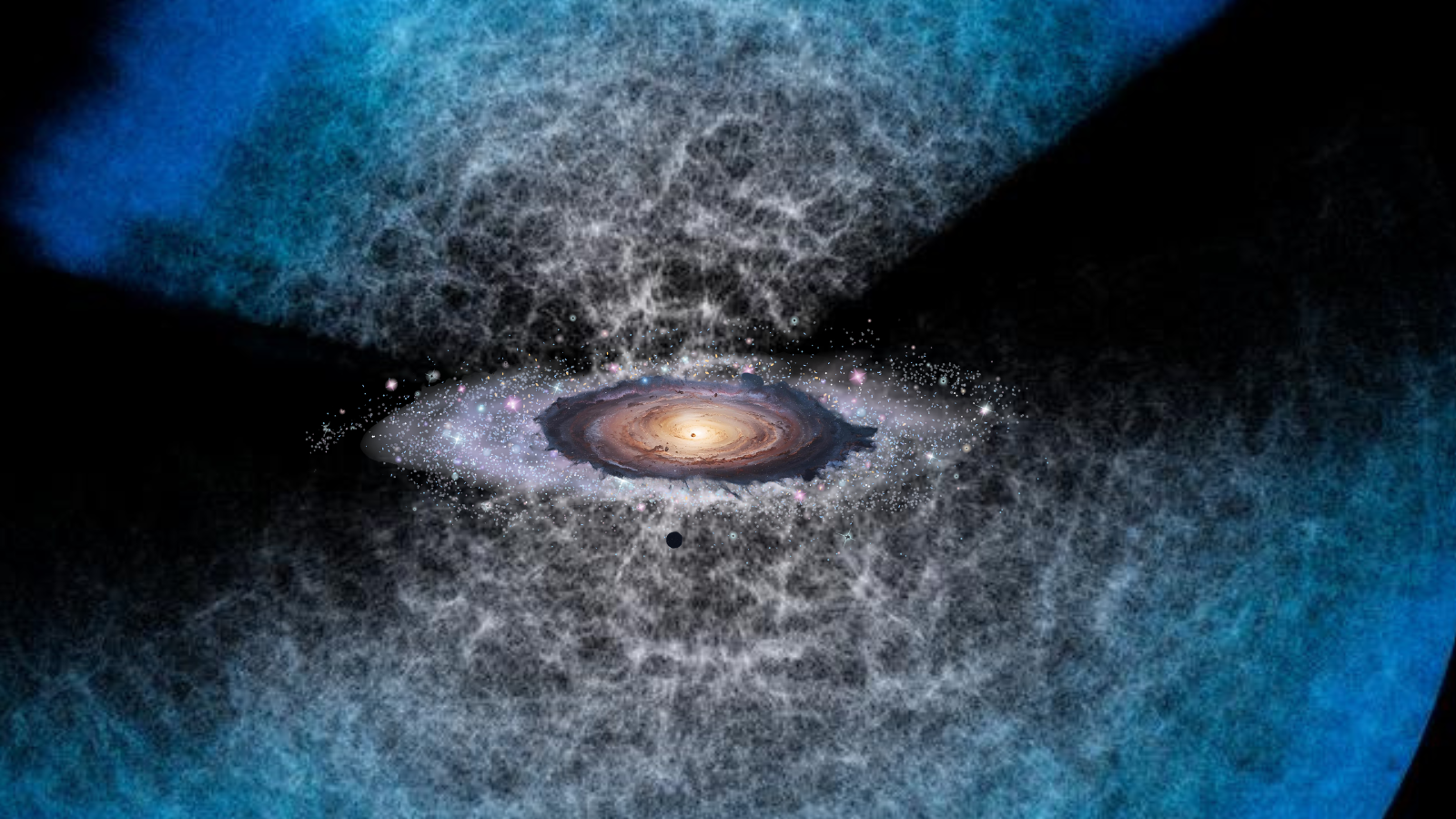Discovery's On-Board Souvenir Stash
Seven hundred STS-114 crew patches.
Over 2000 state, country and agency flags.
Hundreds of decals, medallions, banners, and lapel pins.
These are just some of the more than 6,000 items that are on-board Space Shuttle Discovery for its 12-day Return To Flight mission to the International Space Station.
Referred to by NASA as the "Official Flight Kit," the stash is formally defined in the Federal Code as "a container, approximately 0.057 cubic meters (2 cubic feet) in size, reserved for carrying official mementos of NASA and other organizations aboard Space Shuttle flights."
In layman's terms, the Official Flight Kit (OFK) acts as the souvenir store for the ultimate trip away from home.
NASA, as well as its payload customers and international partners choose mementos to be flown in the OFK. The crew can also request items on behalf of the organizations that are near and dear to them.
Breaking space news, the latest updates on rocket launches, skywatching events and more!
Though the STS-114 OFK manifest, as sourced by NASA, does not specifically identify whom among the crew asked for particular items to fly, its not hard to deduce given their intended recipients.
For example, a gold medallion to be presented post-flight to the University of California, Davis Alumni Association is likely on behalf of Mission Specialist Stephen Robinson. He is a member of the UC Davis Class of '78.
Less obvious might be another of Robinson's choices: a t-shirt belonging to Gryphon Stringed Instruments of Palo Alto. Besides Gryphon's location -- Robinson is the only Californian on the crew -- he is also an avid guitar player (which is what earned Robinson his nickname Stevie-Ray).
From rock-and-roll to just rocks; two pebbles are also in the OFK. The 3 by 1 and 2 by 2 inch stones may have been difficult to connect to a crew member if they didn't both hail from Australia. Intervehicular crew "mate" Andy Thomas was born down under and holds dual citizenship.
The rocks, which are labeled simply with their size, are flying for Curtin and Macquarrie universities.
Like Thomas, Soichi Noguchi can be traced back to his choices by their relation to his home nation. The Japan Aerospace Exploration Agency astronaut has at least 10 items in the OFK that will travel home with him when he returns to Earth. Specifically among them are an acorn and a small bag of Japanese Cedar Tree seeds, carried for the local government of his birthplace.
Not all the OFK contents need be so unique. Mission Specialist Charles Camarda selected banners from each of his alma matters. Likewise, Commander Eileen Collins has a silver plaque and patch for the Air Force Academy and Test Center where she served.
Other OFK items are harder to assign to a specific crew member without more information. For example, a flag will be flown on behalf of The Mars Society, a non-profit that promotes exploration of the Red Planet. A jersey will be carried for the San Francisco Giants baseball team. And a polo shirt in on-board for Ron Jon's Surf Shop, the famous beachware store located on the Florida coast.
Besides the crew's items, NASA centers and contractors are accounting for the bulk of the OFK's contents, flying all those patches, pins, decals and flags. After STS-114 lands, NASA will distribute the items flown for others and present its own mementos as employee and VIP awards.
The OFK is not a new concept. Apollo astronauts carried similar packages to the Moon. Every Space Shuttle flight since 1981 has had one aboard. Discovery's most recent prior mission, STS-105 flew 15,000 mementos in its OFK. A single STS-107 patch, believed by some to come from its Kit, was found among Columbia's debris.
The STS-114 astronauts are not permitted to keep any of the items in their Official Flight Kit. Their own souvenirs, and those for their family and friends, are stowed in their Personal Preference Kits (PPKs), the contents of which are not released until a post-flight inventory is completed.
Go to collectSPACE.com to read the complete STS-114 Official Flight Kit manifest.
Join our Space Forums to keep talking space on the latest missions, night sky and more! And if you have a news tip, correction or comment, let us know at: community@space.com.

Robert Pearlman is a space historian, journalist and the founder and editor of collectSPACE.com, a daily news publication and community devoted to space history with a particular focus on how and where space exploration intersects with pop culture. Pearlman is also a contributing writer for Space.com and co-author of "Space Stations: The Art, Science, and Reality of Working in Space” published by Smithsonian Books in 2018.
In 2009, he was inducted into the U.S. Space Camp Hall of Fame in Huntsville, Alabama. In 2021, he was honored by the American Astronautical Society with the Ordway Award for Sustained Excellence in Spaceflight History. In 2023, the National Space Club Florida Committee recognized Pearlman with the Kolcum News and Communications Award for excellence in telling the space story along the Space Coast and throughout the world.

